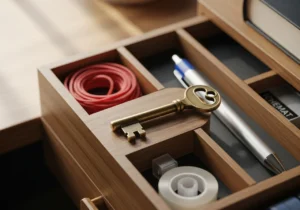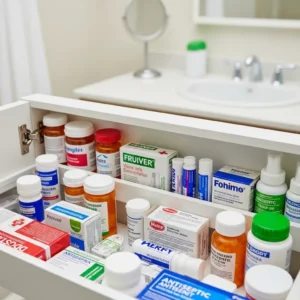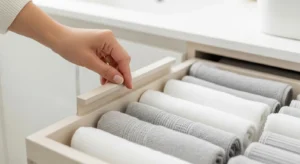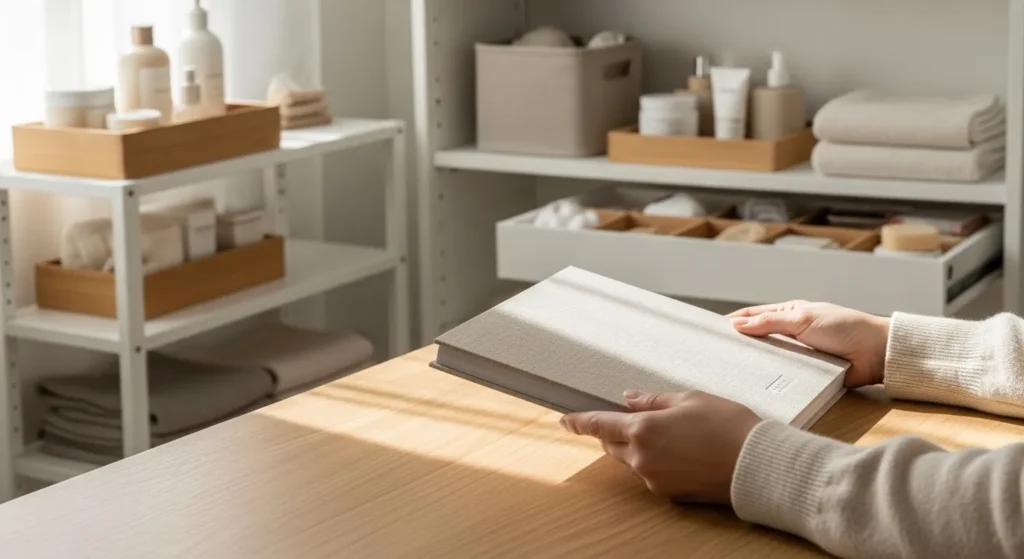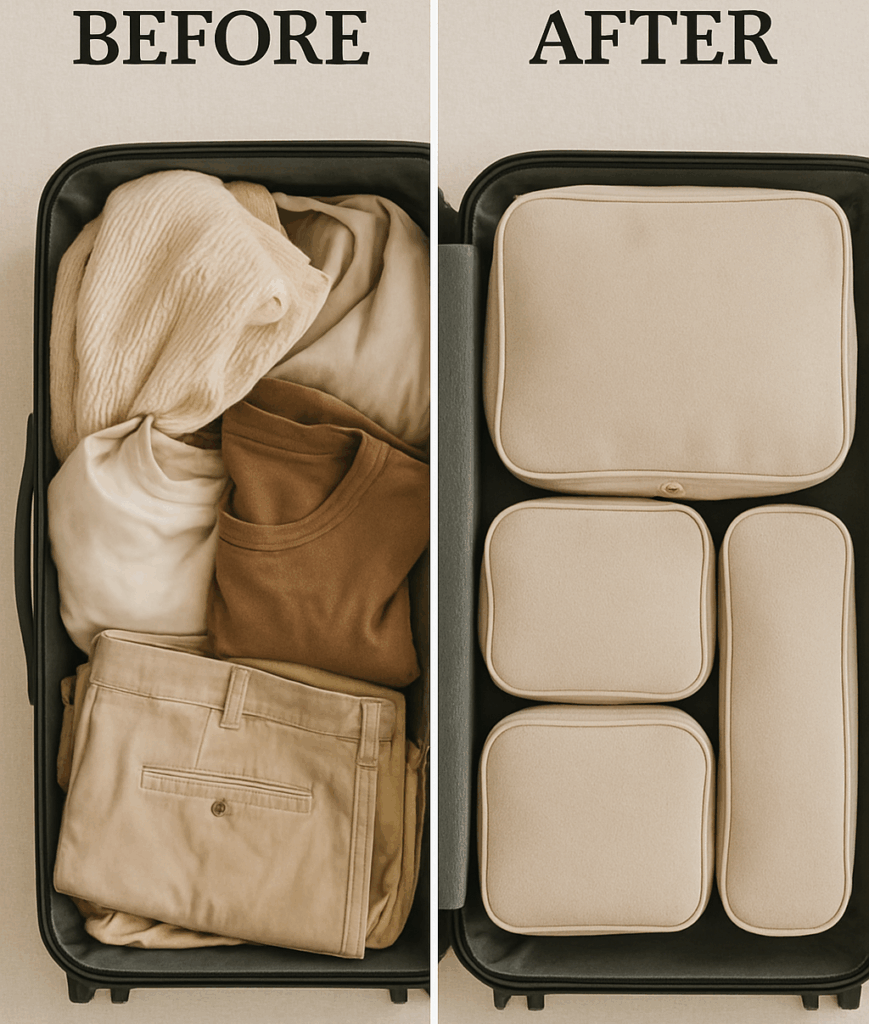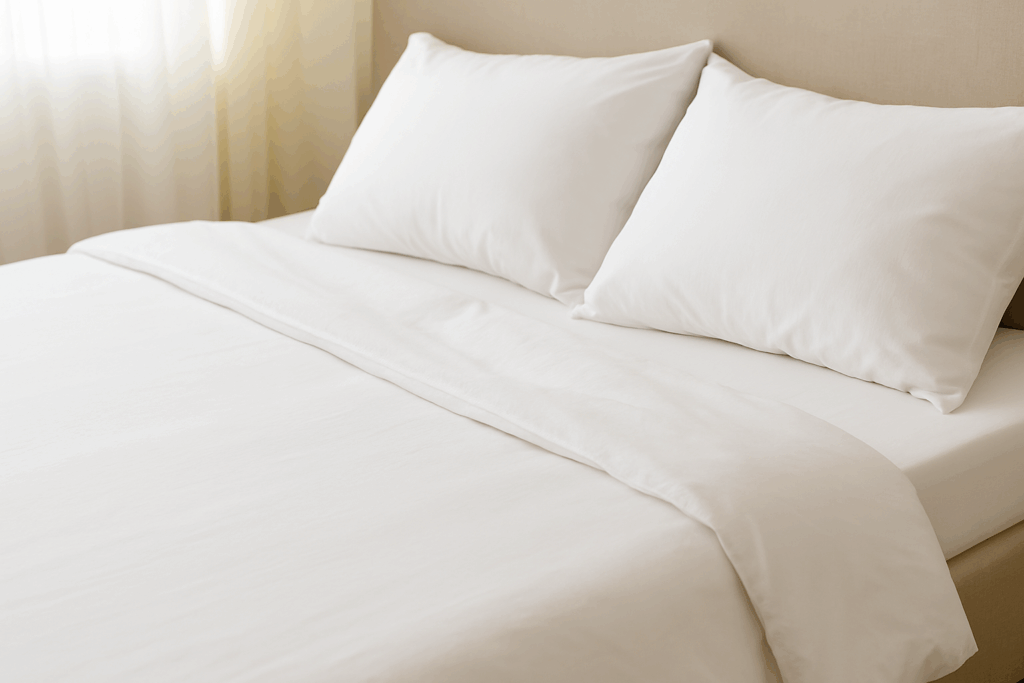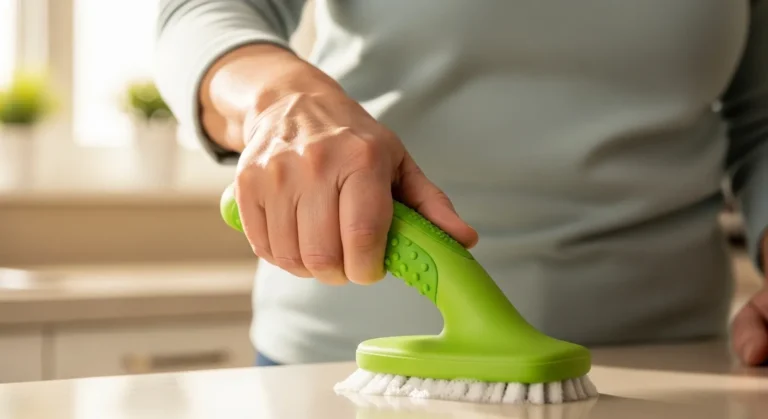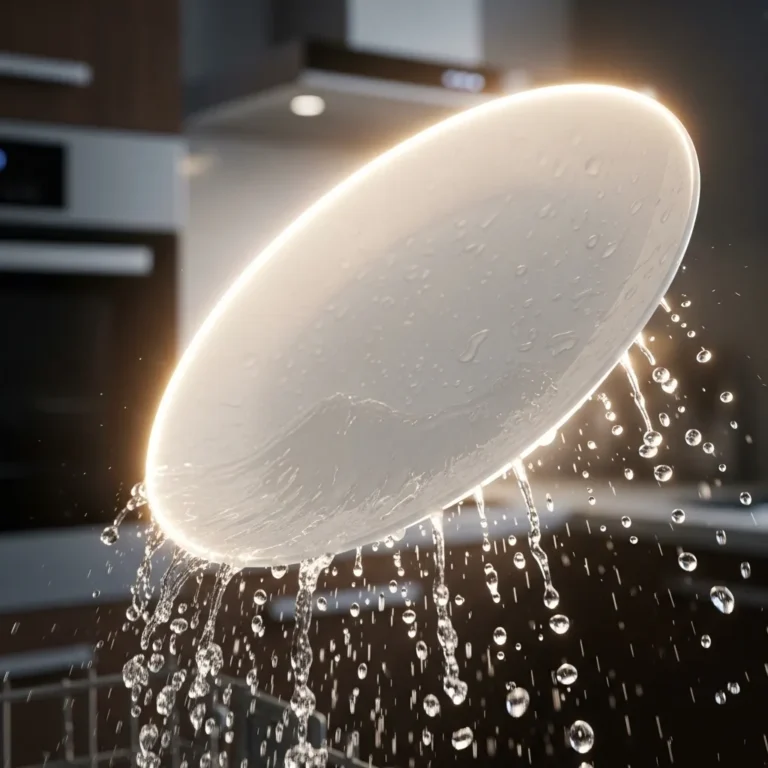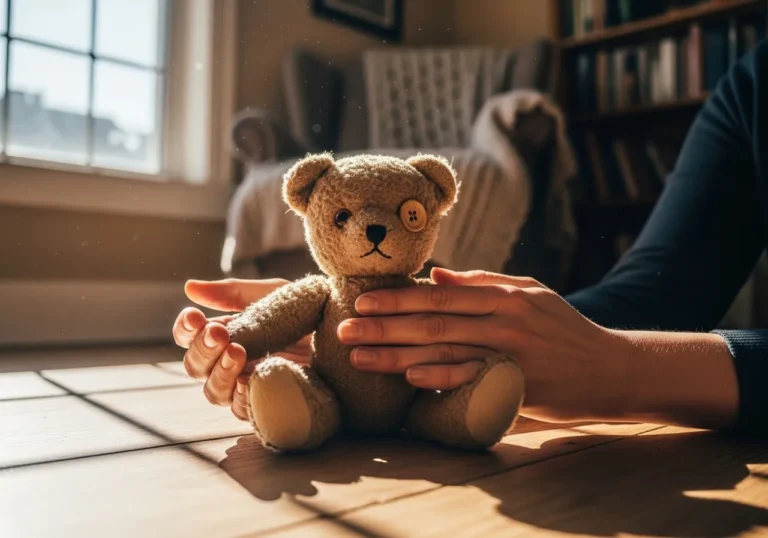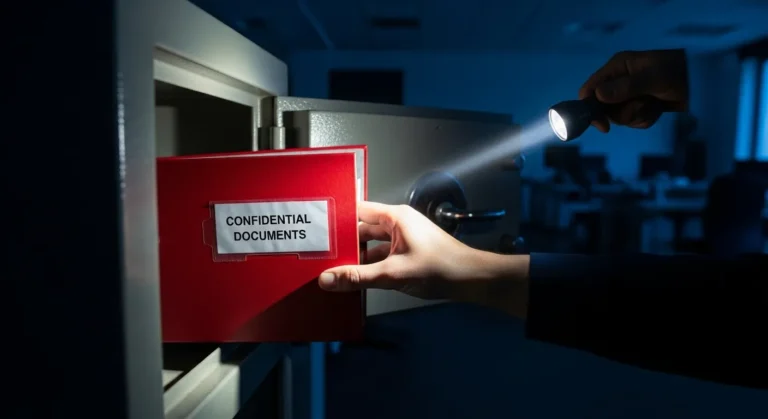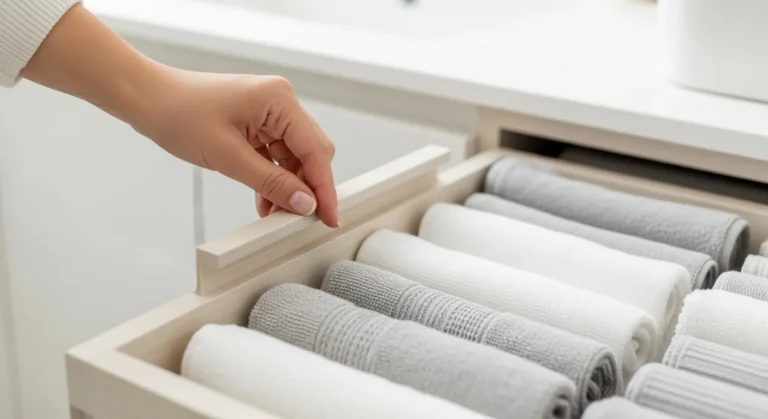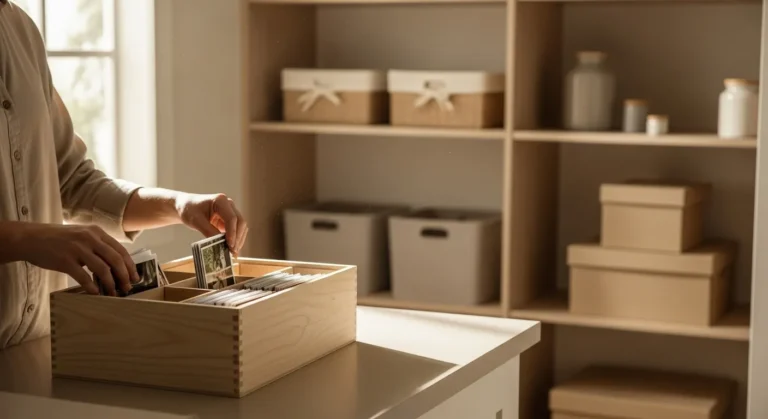Is the flu over? Check out the list of things to clean or toss after being sick:
Being ill impacts more than just your physical and mental health. It impacts everything you touch as well as your living area, and if you’re not careful, you may keep the germs lingering even after you get better.
According to the Cleveland Clinic, the cold virus can survive on hard surfaces for 24 hours, the flu for 24 to 48 hours, and COVID-19 for a few hours to a few days. This is bad news for older adults, who are particularly vulnerable to complications from these common respiratory bugs, especially if they have underlying medical conditions like diabetes, immune disorders, or chronic obstructive pulmonary disease.
On a good day, the house is a germy place, but when someone is ill, it becomes even more so. The next time you’re recovering from a sickness, follow these tips to lessen the spread of bacteria and viruses. Below you will find some of the things to clean or toss after being sick.
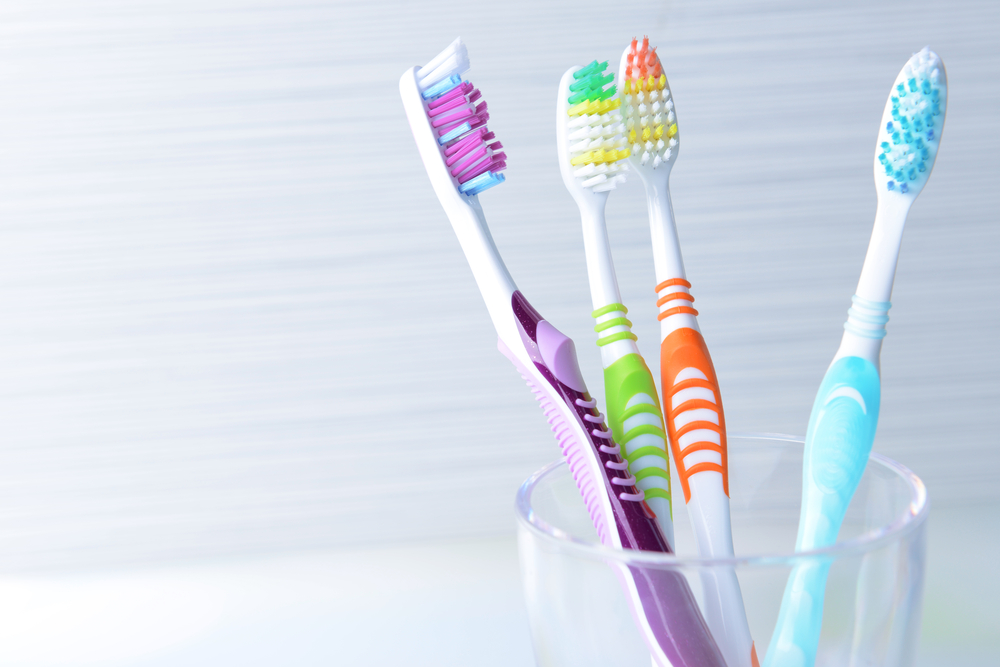
Replace your toothbrush
Among the first things to clean or toss after being sick is your toothbrush. After an illness, bacteria are present in your toothbrush. The safest course of action is to discard and start over if you have experienced a bacterial or viral infection.
Although strep throat is an uncommon exception to the rule that you will not reinfect yourself after recovering from an illness, it is still advisable to replace your toothbrush as soon as you feel better to lessen the possibility that any bacteria will remain. You could give each person their own toothpaste to prevent bathroom sharing from making each other sick.
Water bottles or mugs
If you have been drinking warm tea throughout the day, you should give your mug or bottle a thorough cleaning. If it is old or challenging to sanitize effectively, it would be best to dispose of it promptly.
Bedding
When we are sick, there is no way we can stop bacteria from being all over our belongings, especially in our bedding. Therefore, it’s crucial to remove all of the blankets, cushions, and sheets as soon as you start feeling better and put them in the washing machine on the hot cycle.
Vacuuming, spot cleaning (if required), and applying a disinfectant spray are the first steps in revitalizing your mattress. Before replacing the bedding, try to let the mattress air out for a full day.
Clean the bathroom
The norovirus, also known as the stomach bug, is extremely contagious and can induce vomiting and diarrhea. Additionally, an infected person can continue to spread the virus for two weeks or longer after recovering, which makes it even more important to maintain good hygiene following the illness.
Not to mention that many people also suffer from gastrointestinal problems as a result of other infections. About half of COVID-19 patients, according to research, have symptoms like diarrhea and vomiting.
The Centers for Disease Control and Prevention (CDC) advises disinfecting surfaces with a bleach solution (5 tablespoons of household bleach per gallon of room temperature water) to eliminate any remaining germs. Additionally, if you’ve been blowing your nose a lot, make sure to line your trash can and take it outside every day.
Clean the towels too!
On the list of things to clean or toss after being sick, there are also towels. We recommend cleaning them at 194 degrees Fahrenheit, but if they’re old and damaged, it wouldn’t be a problem if you replaced them altogether.
The best place for bacteria to grow is on towels, which absorb germs from wet skin and continue to grow as they hang in warm, humid bathrooms. You can lessen the spread of illness in your home by washing your bath and hand towels on high heat.
Use ¾ cup bleach for white towels or ¾ cup color-safe bleach for colored towels to sanitize them. If your washing machine lacks a bleach dispenser, add ¼ cup of water to the bleach five minutes into the cycle. Use caution when using too much bleach, as the chemical can cause your towels to become brittle and yellow.
Are you looking for a trustworthy detergent that is also effective? It not only soothes sensitive skin but also aids in eliminating bacteria from your laundry. We got you! Have you tried Seventh Generation Concentrated Laundry Detergent Liquid Free & Clear Fragrance? If not, this may be the sign to do it. The 40 fl oz bottle is available on Amazon for only $13.49. P.S.: It can be used in warm water too!
Wash your clothes
Any clothing worn while ill should be cleaned at 60 degrees Celsius; a great way to complete the process is to use your tumble dryer’s high heat or sanitize setting. Additionally, we advise cleaning your laundry basket or clothes hamper.
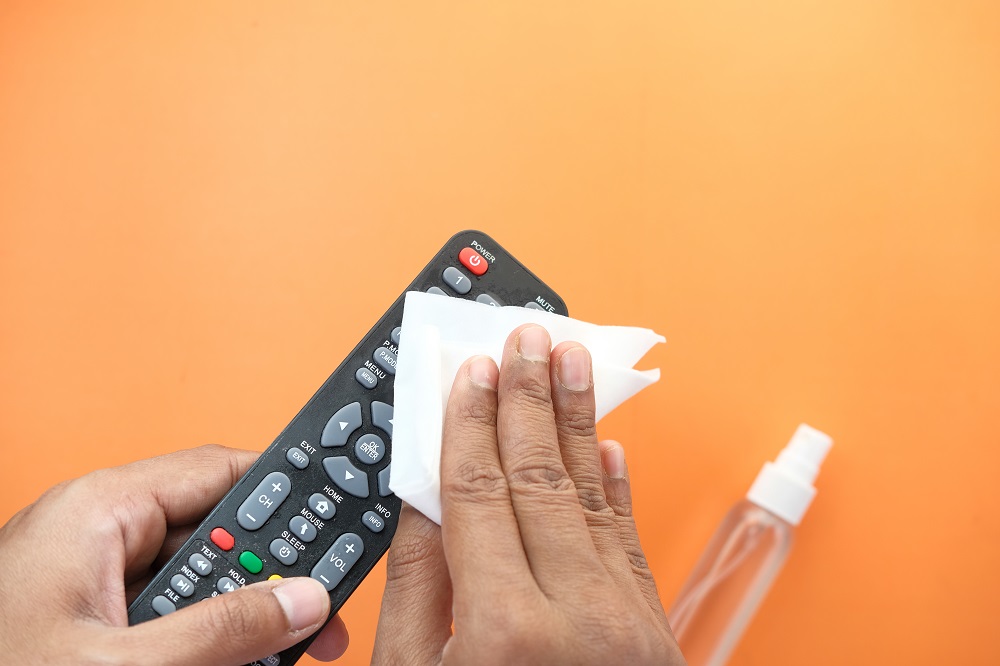
Wipe down electronics
Your devices’ screens, buttons, and cracks can harbor germs. Follow the cleaning instructions provided by the manufacturer for these items. You can use alcohol or antibacterial wipes to clean a variety of devices. Your cell phone, tablet, TV remote, laptop keyboard, and video game controller are some of the everyday gadgets you handle that really need a good clean now and then.
Door handles (including the kitchen cabinet’s ones)
Washing your hands often is essential to preventing the spread of germs, but how hygienic are the items you handle around the house? Every door handle inside and outside your house should be cleaned with disinfecting wipes to be safe.
Give a thorough cleaning to the kitchen too
All shared surfaces should be thoroughly cleaned with soapy water and disinfectant, especially if you have had the flu. Bleach wipes can be used to clean high-touch surfaces like doorknobs and kitchen counters.
Are mugs of herbal tea and dishes gathering? To clean them, wash everything in hot, soapy water. Throw away the dish sponge, which may contain various bacteria, while you’re at it. You can use a microwave to clean your sponge if you don’t have any spares. The most effective way of cleaning is to discard it and use a paper towel or disposable wipe until you get a new sponge, because some bacteria can still remain.
Avoid washing dirty dishes in the dishwasher to effectively remove any traces of bacteria, especially after a flu.
Open the windows
That’s it, the flu is over, you’re feeling better, and you have started cleaning the entire home. That’s awesome, but in the process, don’t forget to also clean the air. To help dilute any remaining viral particles, open the windows and let some fresh air into your house. Do you have AC? How recently did you clean its filters? These filters can trap and eliminate several airborne pollutants, including fragments containing microscopic viruses.
According to the American Lung Association, you should replace your air filters every two months, especially during the summer.
How do you clean your house after you and your family members have had a seasonal flu or a more serious illness? Tell us your tricks in the comments section below.
You may also want to check out: Top Amazon Cleaning Products That Will Transform Your Home.

